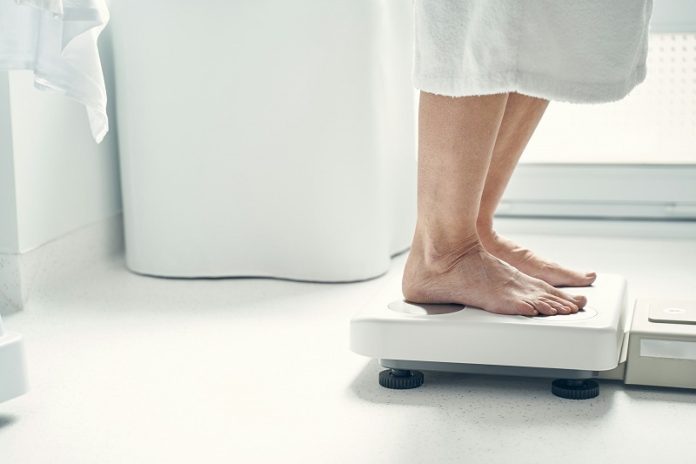
A new study from UC San Francisco shows that it is possible to turn regular white fat cells, which store calories, into beige fat cells that burn calories.
This discovery could lead to new weight-loss drugs and explains why previous drug trials have failed.
Researchers found that by suppressing a protein, ordinary white fat cells can be converted into calorie-burning beige fat cells.
This transformation was thought to require starting from stem cells, but the study, published on July 1 in the Journal of Clinical Investigation, proved otherwise.
“A lot of people thought this wasn’t feasible,” said Dr. Brian Feldman, the senior author of the study. “We showed not only that this approach works to turn white fat cells into beige ones, but also that the bar to doing so isn’t as high as we’d thought.”
Mammals have three types of fat cells: white, brown, and beige. White fat stores energy, while brown fat burns energy to produce heat and maintain body temperature. Beige fat cells are a mix of both, burning energy and being embedded within white fat deposits.
Humans are born with brown fat that helps maintain body temperature after birth, but this fat disappears within the first year of life. Beige fat, however, remains. Humans can naturally convert white fat into beige fat through diet or exposure to cold.
Dr. Feldman and postdoctoral scholar Dr. Liang Li focused on a protein called KLF-15, which is involved in metabolism and fat cell function. They found that KLF-15 is much less abundant in white fat cells compared to brown or beige fat cells.
When they bred mice with white fat cells lacking KLF-15, these cells turned into beige fat cells. The default state for fat cells without KLF-15 appeared to be beige.
The researchers discovered that KLF-15 controls the abundance of a receptor called Adrb1, which helps maintain energy balance. While previous drug trials targeted a related receptor, Adrb3, with disappointing results, targeting the Adrb1 receptor in humans may be more effective.
This approach could have advantages over current weight-loss drugs that suppress appetite and blood sugar. Dr. Feldman’s method might avoid side effects like nausea because it would target only fat deposits and not the brain. Additionally, the effects would be long-lasting, as fat cells live for a relatively long time.
“We’re not at the finish line, but we’re close enough that you can clearly see how these discoveries could have a big impact on treating obesity,” said Dr. Feldman. Dr. Liang Li is also an author of this study.
This research provides hope for developing new, more effective weight-loss treatments. By understanding how to convert white fat into beige fat, scientists can create drugs that help burn calories more efficiently, potentially making a significant impact on the fight against obesity.
If you care about weight loss, please read studies that hop extract could reduce belly fat in overweight people, and early time-restricted eating could help lose weight .
For more information about weight loss, please see recent studies about a simple path to weight loss, and results showing a non-invasive treatment for obesity and diabetes.



